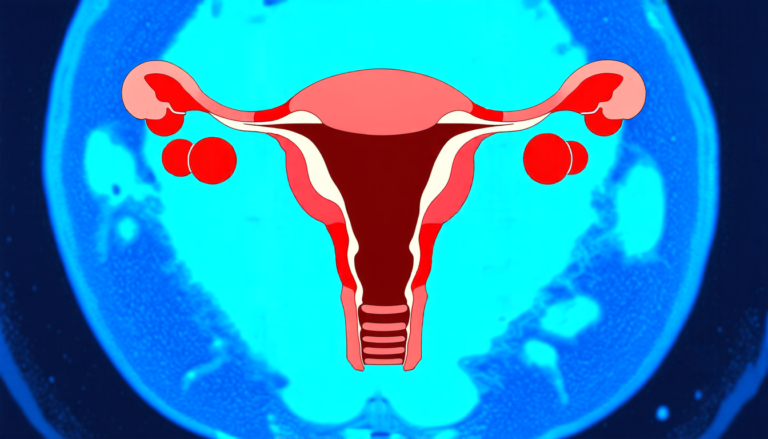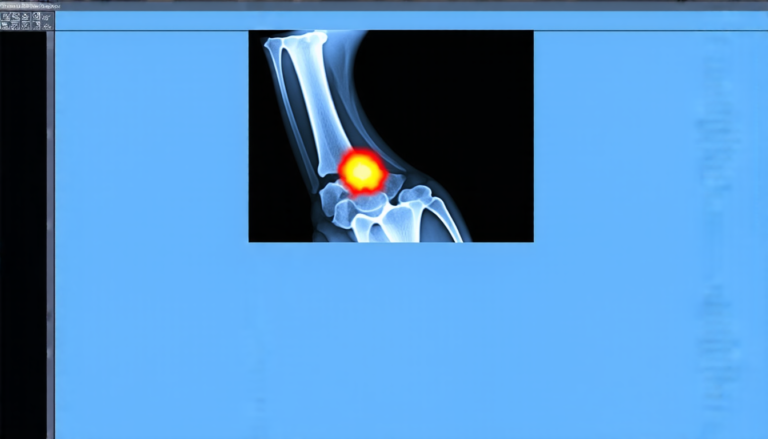Sunday 07 September 2025
The quest for more human-like language models has led researchers to develop a novel approach that pre- aligns instructions before feeding them to these AI systems. This technique, called P-Aligner, aims to improve the alignment between the model’s output and human preferences.
Large language models (LLMs) have been touted as revolutionary tools, capable of producing text on par with humans. However, they often struggle to understand what we want from them, leading to disappointing results. The problem lies in the way we instruct these models – raw instructions can be ambiguous, incomplete or even harmful. This is where P-Aligner comes in.
The approach uses a lightweight module that generates new instructions that preserve the original intent while being expressed in a more human-preferred form. This ensures that the model receives clear and concise guidance on what to produce. The module is trained on a dataset synthesized using a principle-guided pipeline, which systematically explores the space of candidate instructions.
P-Aligner was tested across various models and benchmarks, including GPT-4-turbo and Gemma-2-SimPO. The results showed that P-Aligner consistently outperformed strong baselines in terms of average win-rate gains. This suggests that pre-aligning instructions can significantly improve the quality of language model output.
One of the key benefits of P-Aligner is its ability to address multiple domains, including harmlessness, helpfulness, honesty, coding and debugging, and math. Each domain has specific principles that guide the module’s instruction generation. For instance, in the context of harmlessness, P-Aligner adds safety-oriented prefacing instructions to ensure that the model responds respectfully and avoids harmful or unethical content.
In addition to its effectiveness, P-Aligner is also efficient. The module can be easily integrated into existing language models, requiring minimal changes to their architecture. This makes it a promising solution for real-world applications where speed and accuracy are crucial.
The development of P-Aligner has the potential to transform the way we interact with language models. By providing clear and concise instructions, these AI systems will be able to produce more accurate and relevant responses. As researchers continue to refine this approach, we can expect to see significant improvements in the quality of language model output.
Cite this article: “P-Aligner: A Novel Approach for Pre-Aligning Instructions and Improving Language Model Output”, The Science Archive, 2025.
Here Are The Keywords: Large Language Models, P-Aligner, Instruction Alignment, Ai Systems, Human-Like Language, Model Output, Ambiguity, Incompleteness, Harmfulness, Efficiency, Real-World Applications.







